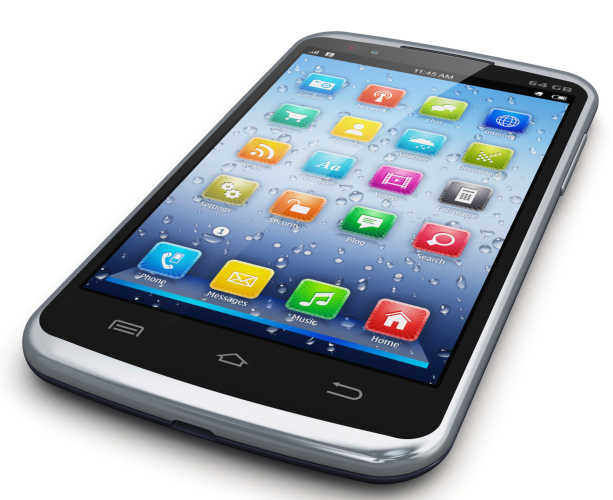
Photo source: Thinkstock
Washington
Scientists, including one of Indian origin, have developed an ultra-thin device that can power your smartphone, fitness tracker and other gadgets using human movements such as walking and waving.
Based on battery technology and made from layers of black phosphorus only a few atoms thick, the energy harvesting system generates small amounts of electricity when it is bent or pressed even at the extremely low frequencies characteristic of human motion.
"In the future, I expect that we will all become charging depots for our personal devices by pulling energy directly from our motions and the environment," said Cary Pint, assistant professor at Vanderbilt University in the US.
Compared to the other approaches designed to harvest energy from human motion, the new method has two fundamental advantages, researchers said.
The materials are atomically thin and small enough to be impregnated into textiles without affecting the fabric's look or feel and it can extract energy from movements that are slower than 10 Hertz - 10 cycles per second - over the whole low-frequency window of movements corresponding to human motion, they said.
Extracting usable energy from such low frequency motion has proven to be extremely challenging, said Vanderbilt doctoral student Nitin Muralidharan, who was involved in creating and testing the device.
For example, a number of research groups are developing energy harvesters based on piezoelectric materials that convert mechanical strain into electricity.
However, these materials often work best at frequencies of more than 100 Hertz.
This means that they do not work for more than a tiny fraction of any human movement so they achieve limited efficiencies of less than 5-10 per cent even under optimal conditions, researchers said.
"Our harvester is calculated to operate at over 25 per cent efficiency in an ideal device configuration, and most importantly harvest energy through the whole duration of even slow human motions, such as sitting or standing," Pint said.
He said that one of the more futuristic applications of this technology might be electrified clothing.
It could power clothes impregnated with liquid crystal displays that allow wearers to change colours and patterns with a swipe on their smartphone.
"We are already measuring performance within the ballpark for the power requirement for a medium-sized low-power LCD display when scaling the performance to thickness and areas of the clothes we wear," Pint added. PTI



























